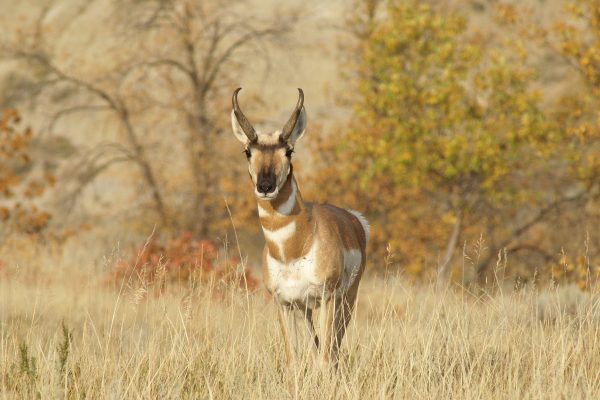Big Game
Home » Our Services » Wildlife Research & Monitoring » Big Game
Sustaining big game populations in the face of increasing land use and environmental change is a top priority for agencies, industry, and the public. WEST has the experience and expertise needed to provide clients with science-based solutions to big game management and conservation challenges.
WEST’s scientists have substantial expertise designing, conducting, and analyzing studies for a wide range of big game species, including mountain sheep, mountain goat, mule deer, white-tailed deer, pronghorn, elk, moose, grizzly bear, polar bear, and cougar. We have accomplished and published dozens of abundance and occupancy analyses using a variety of methods, including mark and recapture, distance sampling, direct counts, photo sampling, infrared sensors, and aerial surveys. WEST specializes in delineating critical habitats (e.g., migratory routes, stopovers, winter range) from Global Positioning System data and impact assessments that evaluate behavioral responses to habitat change and human disturbance.
Services
- Resource Selection Analysis
- Abundance and Density Estimation
- Survival Modeling
- Population and Habitat Modeling
- Movement Modeling and Migratory Patterns
- Space-Use Estimation
- Impact and Risk Assessment
- Management and Conservation Plans
- Global Positioning System and Very High Frequency Telemetry Studies
- Aerial Survey and Telemetry Studies

